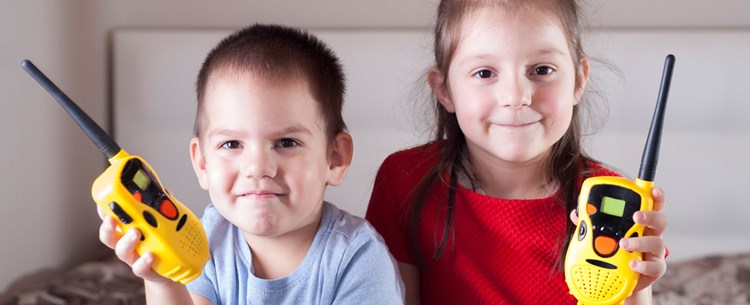By Michael Hilkemeijer
Developing young children to be effective communicators is part of the Early Years Learning Framework.
Effective communication involves listening, understanding, and responding to people. It involves paying attention so that you can think about what’s being said and respond in a way that will encourage the person to keep talking.
Signals can come from:
- Following the direction of another’s gaze, facial expression, body language, gestures, and voice tone
- The context and culture, what’s happening in the environment at the time, what has just happened and what is going to happen next
- The knowledge we have about a person’s interests and preferences and prior behaviour
- Our recall of similar past experiences
- Interpretations dependent on our own emotional states
- Sounds, words, grammatical formation of sentences and inferences
- Symbols, signs and written language.
Source: www.vcaa.vic.edu.au
It is, therefore, important to model effective communication strategies in early childhood education to support children to initiate interactions and to join digital play-based learning and social experiences. The fifth component of learning in the Communication Outcome states that “children use Information and Communication Technologies (ICT) to access information, investigate ideas and represent their thinking”.
In this article, I’ll cover:
- Strategies for supporting skills for communication with ICT.
- Assessing effective communicators.
Strategies for supporting communication skills with ICT
It is important for ICT to be used as a tool for two-way communication because passive listening is not as powerful as experiences where children are encouraged to be active participants.
Communication is supported by the use of ICT as devices such as multi-link headphones, digital cameras, webcams, walkie-talkies, telephones, and mobile phones all encourage the development of speaking and listening skills.
ICT also provides numerous opportunities for children to communicate their ideas and feelings: repeating vocabulary, stories, songs, and rhymes using adult-modeled language
For example, the computer is designed to communicate with the user with pictures, sounds, text symbols, and the user can simply communicate by simply moving a mouse.
When you facilitate digital role-play with ICT it can serve to promote and enable meaningful communication and give children the opportunity to use and develop their mathematical knowledge, skills, and understanding in a practical, meaningful, and purpose-driven context.
Communication in science is very important and ICT offers a range of alternatives from using word processors, either personally or through the help of a scribe, to creating graphs, using paint tools
Additionally, emails can also be used to express feelings and ideas in print. Microphones and recording devices can be used to enable them to practice giving instructions. The recording also allows them to erase and re-record if they feel dissatisfied with their first attempt.
You could also consider using Skype or podcasts if children are familiar with them and don’t forget the use of the IWB to allow children to engage in learning with or without adults.
Assessing Children as Effective Communicators
The assessment of young children’s knowledge, skills and capabilities is a central part of early childhood education. As an early childhood teacher, you can use a wide range of reliable and accessible assessment tools.
There are seven principles for assessing children as effective communicators. The “assessment of children’s communicative competence is an integral part of early years practice” (VCAAA, 2018). Therefore, you are required to have an “understanding of how communication development progresses, together with reliable and accessible assessment tools” (VCAAA, 2018, p.8).
According to the literature (Verdon et al., 2018 as cited in VCAAA, 2018, p. 9), these principles include the following:
- Effective assessment of communication requires a clearly defined purpose.
- Communication is multifaceted and each element may require specific assessment.
- Communication assessment may include both formal methods (for example, standardised tests) and informal methods (for example, observation tests, parent and teacher checklists).
- Assessment of communication considers the multiple languages and communication systems that a child may use, to gain a holistic understanding of communicative competence.
- Assessment of communication includes children’s own reports, evidence from families and multiple sources of information in a range of settings.
- Assessment of communication considers a child’s functional use of language and participation in daily life as a communicator.
- Assessment of communication is an opportunity for multidisciplinary collaboration.
It is by applying these elements to the assessment of communication that you will be able to ensure that there is a holistic and effective approach. Each of these principles also gives you the opportunity for critical reflection on service practice and philosophy.
60 + Online technology integration professional development for teachers in Early Childhood Education and primary teachers. Join the Academy now for $50 Aud per month (cancel anytime).
